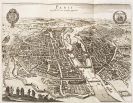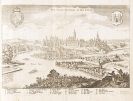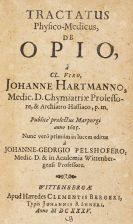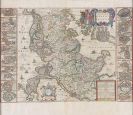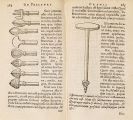
Francisco de Zurbarán
Fuente de Cantos Francisco
1598 -
Madrid
1664
In 1598 Francisco de Zurbarán was born in the western Spanish town of Fuente de Cantos. His parents detected their son's artistic talent at an early stage. In 1614 he became an apprentice to the painter Pedro Diaz de Villanueva in Seville. In 1617 Zurbarán moved to Llerena, the region's most important town of that period, where he lived until 1628.
In 1617 Francisco de Zurbarán married María Paet, who was nine years his senior. On February 2, 1618 his first child María was baptized in Llerena. A short time later Francisco de Zurbarán went to Seville to attend Juan de las Roelas' school, he eagerly produced studies of nature and developed his own, strongly naturalistic style, which is based on chiaroscuro effects. On July 13, 1623 another one of his daughters, Isabel Paula, was baptized in Llerena, his wife Maria Paez died that year or the following year.
In 1625 Francisco de Zurbarán entered into a second marriage with the wealthy widow Beatriz de Morales, daughter of the patrician of Llerena. A little later Francisco de Zurbarán began his artistic career, he accepted a commission to produce several large paintings for the Retablo of San Pedro in the Seville cathedral and for the Carthusians of Santa María de las Cuevas.
On January 17, 1626 Francisco de Zurbarán signed a contract with the prior of the Dominican monastery San Pablo el Real in Seville, agreeing to produce 21 paintings within 8 months. This commission established Zurbarán as a painter. Between 1626 and 1628 Francisco de Zurbarán visited his friend Diego Velásquez in Madrid, who enjoyed a far greater reputation than Zurbarán. In June 1629 Francisco de Zurbarán was invited by the Elders of Seville, to move to the city, as his paintings had gained such high reputation, that he would increase the reputation of Seville. He accepted the invitation and moved to Seville with his wife Beatrix de Morales, the three children from his first marriage, a relative called Isabel de Zurbarán and eight servants.
Until 1658 he lived in Via Alcazar 27 close to the royal palaces. In the subsequent years Zurbarán worked on numerous commissions for churches and monasteries and his financial situation developed accordingly. In May 1639 his second wife, Beatriz de Morales, died. Zurbarán was deeply affected by her death. The quality of his artwork deteriorated significantly, even though it increased in quantity thanks to the help of the assistants in his workshop.
Zurbarán continued to receive commissions, but his financial situation deteriorated greatly. On February 7, 1644 he entered into his third marriage, as usual with a wealthy widow, this time Leonor de Tordera. In 1645 his reputation was deeply affected when Bartolomé Esteban Murillo produced the interior design of the Franciscan church in Seville with his cheerful, more populist and realistic work. Zurbarán's strict ascetic and celestial style was no longer able to compete.
In May 1658 Francisco de Zurbarán moved to Madrid, hoping to receive commissions there, to improve his dire financial situation. His last picture, dated 1662, was probably "The Virgin and the Child with St. John", but in a letter to the Bishop of Badajoz, Francisco de Zurbarán claimed to have been very busy with commissioned work for the king. Francisco de Zurbarán had reached the end of his career.
Francisco de Zurbarán died on August 27, 1664 in Madrid.
Would you like to sell a work by Francisco de Zurbarán?
Infos for seller
